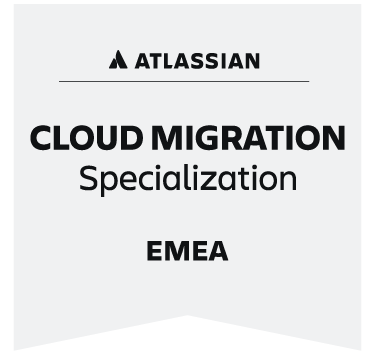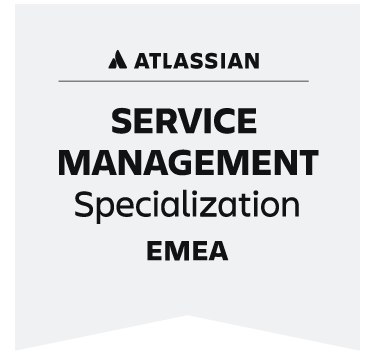XALT is now an Atlassian Gold Partner in the USA. Global Platinum expertise meets local Gold expertise.
XALT is now an Atlassian Gold Partner in the USA. Global Platinum expertise meets local Gold expertise.
Didn't find what you were looking for?
A non-disruptive service is essential in the banking sector, where strict compliance requirements, security restrictions and limited access to certain Google Cloud services add a level of complexity that can be difficult to achieve in

Your project co-pilot


